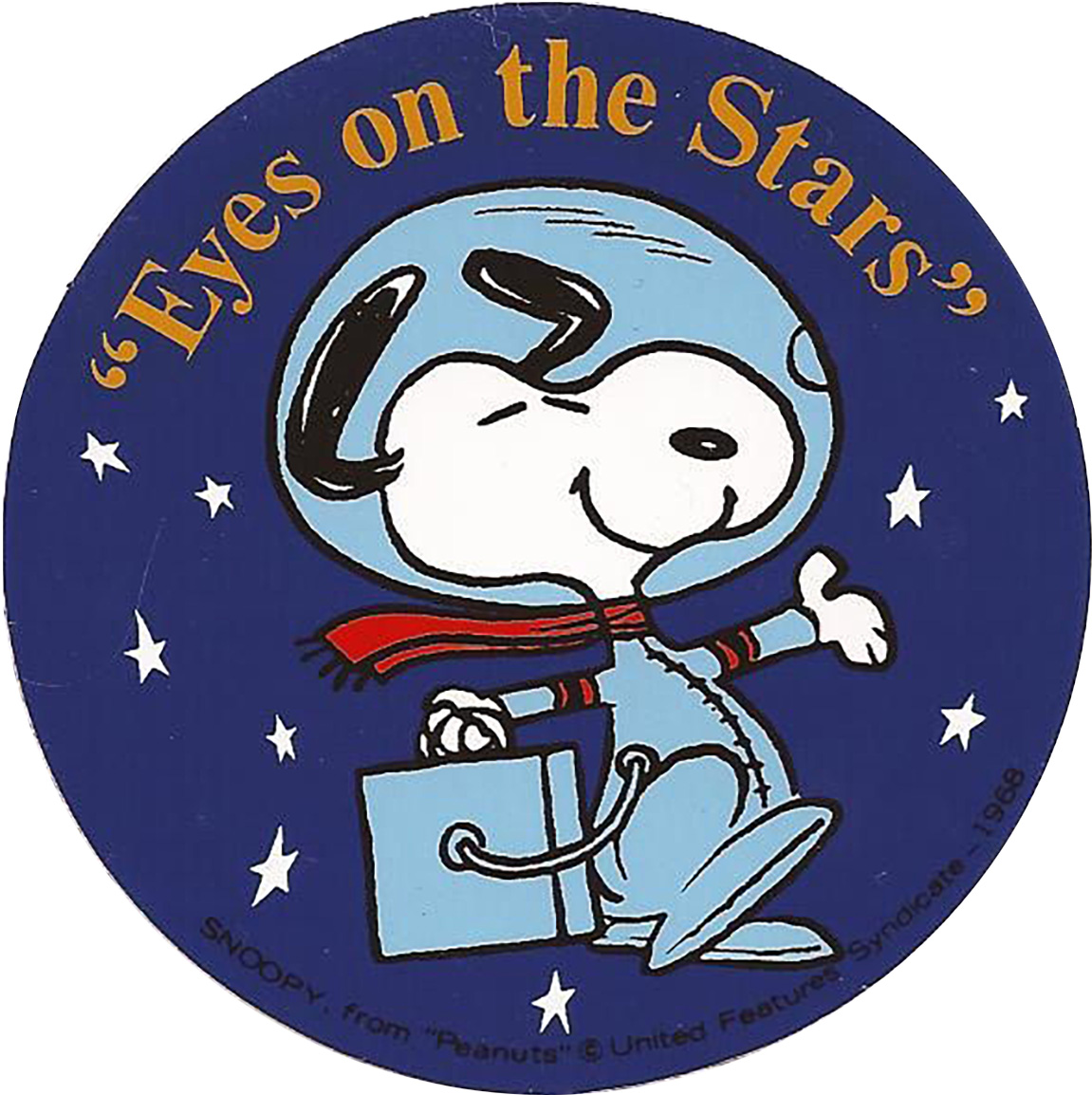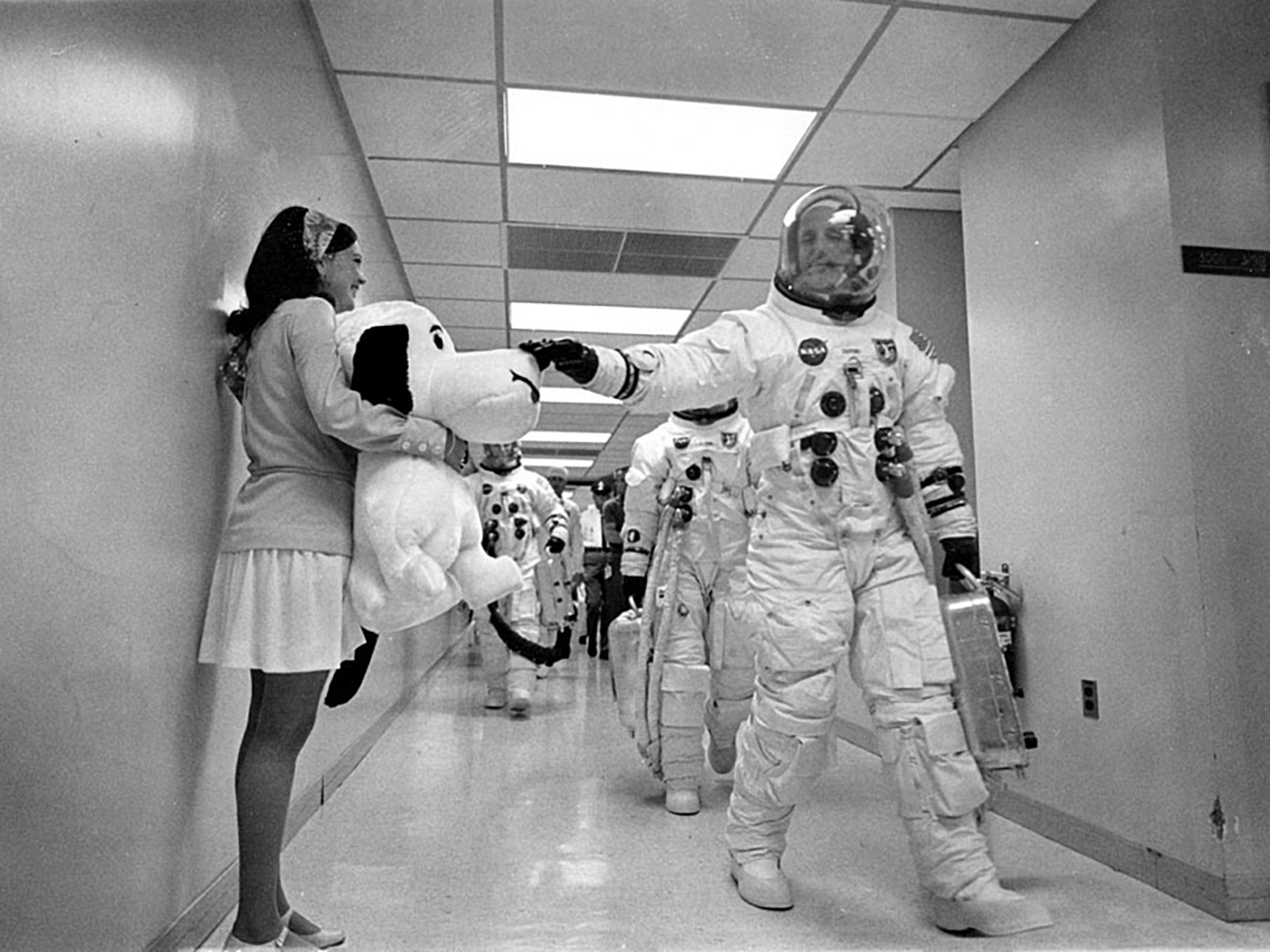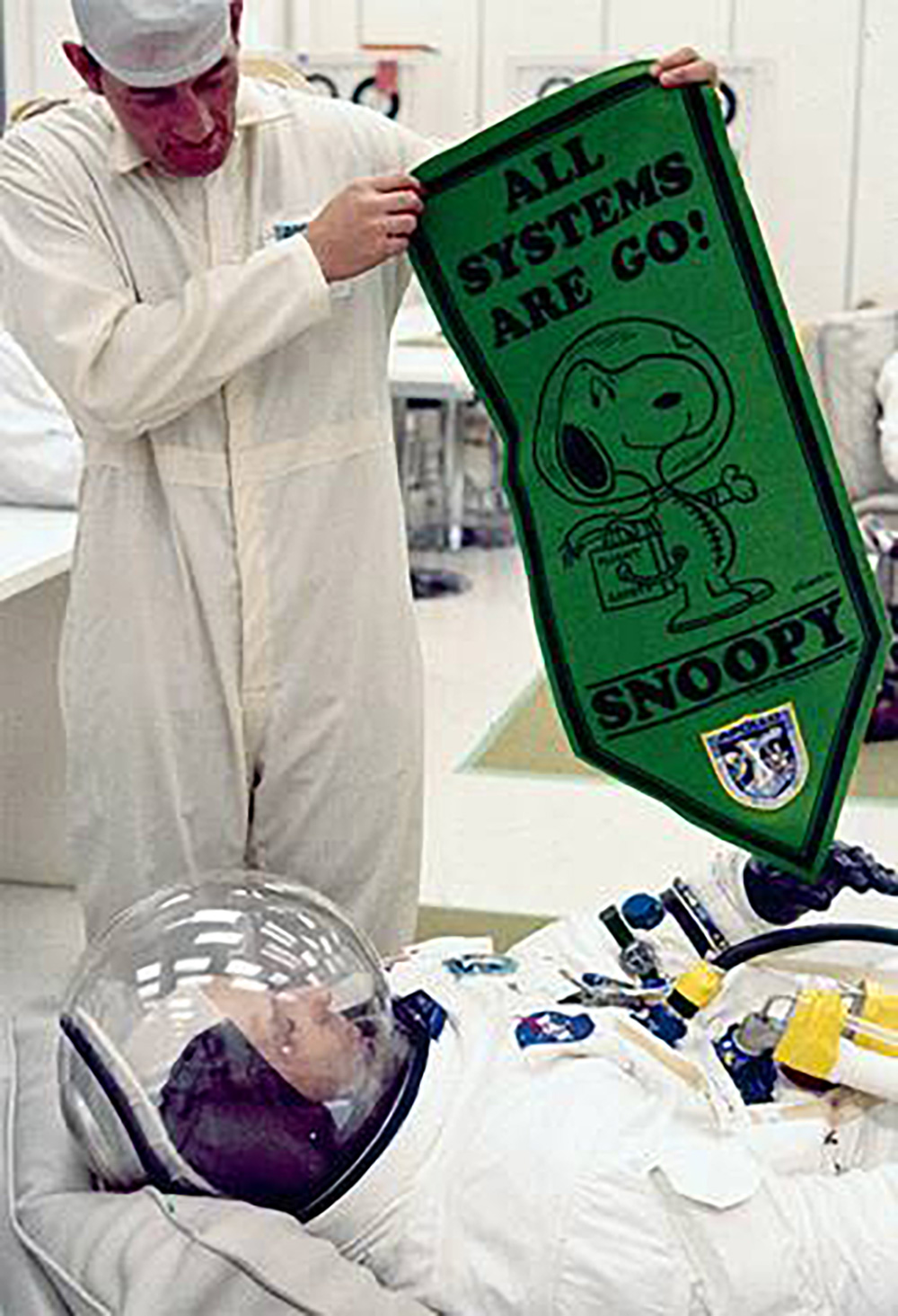Today NASA and Peanuts Worldwide celebrate the 50th Anniversary of the launch of Apollo 10 and the history of their partnership in NASA’s safety and human space flight awareness program. In 2018, NASA and Peanuts have collaborated over the past year leading up to the Apollo 10 anniversary with STEM activities, a mini-documentary and other new products that share the excitement of science, technology, engineering and math with the next generation of explorers. The collaboration, formalized though a Space Act Agreement, provides an opportunity to update the Snoopy character by Charles M. Schulz, for space-themed programming with content about NASA’s deep space exploration missions, 50 years after its initial collaboration began during the Apollo era.
Under the current collaboration, NASA provided support for a number of new Peanuts programs that focus on modern-day Astronaut Snoopy and space themes, including a STEM-based curriculum for students K-5th grade about America’s deep space exploration objectives and interactive ways to celebrate next year’s 50th anniversary of humans first setting foot on the Moon. NASA centers across the nation joined the celebration as well. NASA’s Johnson Space Center collaborated with Space Center Houston in celebration of the 50th anniversary of Apollo 10 mission on April 25, with a day of STEM activities capitalizing on the mission’s unique call sign for the Lunar Lander of Snoopy. Also, NASA’s Marshall Space Flight Center is participating in a local library event with a one-of-a-kind exhibit created by The Charles M. Schulz Museum and Research Center from June 3 to July 25.
Peanuts has also teamed with Apple TV to present a 10-minute feature that includes archival interviews of two of the three Apollo 10 astronauts, Tom Stafford and Eugene Cernan, as well as an interview with current NASA flight director, Ginger Kerrick. This featurette presents a light-hearted look at Apollo 10 from the imagination of Documentarian Morgan Neville and starring Jeff Goldblum and Ron Howard, playing themselves. The short feature, Peanuts in Space: Secrets of Apollo 10, is being released on the anniversary of the Apollo 10 launch.
NASA has shared a proud association with Charles M. Schulz and his American icon Snoopy since Apollo missions began in the 1960s. Schulz created comic strips depicting Snoopy on the Moon, capturing public excitement about America’s achievements in space. In May 1969, Apollo 10 astronauts traveled to the Moon for a final checkout before lunar landings on later missions. Because the mission required the lunar module to skim the Moon’s surface to within 50,000 feet and “snoop around” scouting the Apollo 11 landing site, the crew named the lunar module Snoopy. The command module was named Charlie Brown, Snoopy’s loyal owner.
The agency’s Silver Snoopy award is given by NASA astronauts to employees and contractors for outstanding achievements related to human flight safety or mission success. Receiving one is regarded as a high honor for outstanding performance.
NASA is working to land the first woman and next man on the Moon by 2024 and lead the next steps of human exploration into deep space for future missions to Mars. The agency will launch the Space Launch System rocket and Orion spacecraft from NASA’s Kennedy Space Center in Florida in a series of increasingly complex missions to create a sustained presence at the Moon, along with the Gateway in lunar orbit. Exploring the Moon helps create a vibrant future and advance technologies, capabilities and new opportunities.
For more information on NASA’s mission to the Moon and beyond, visit:
www.nasa.gov/moontomars




























